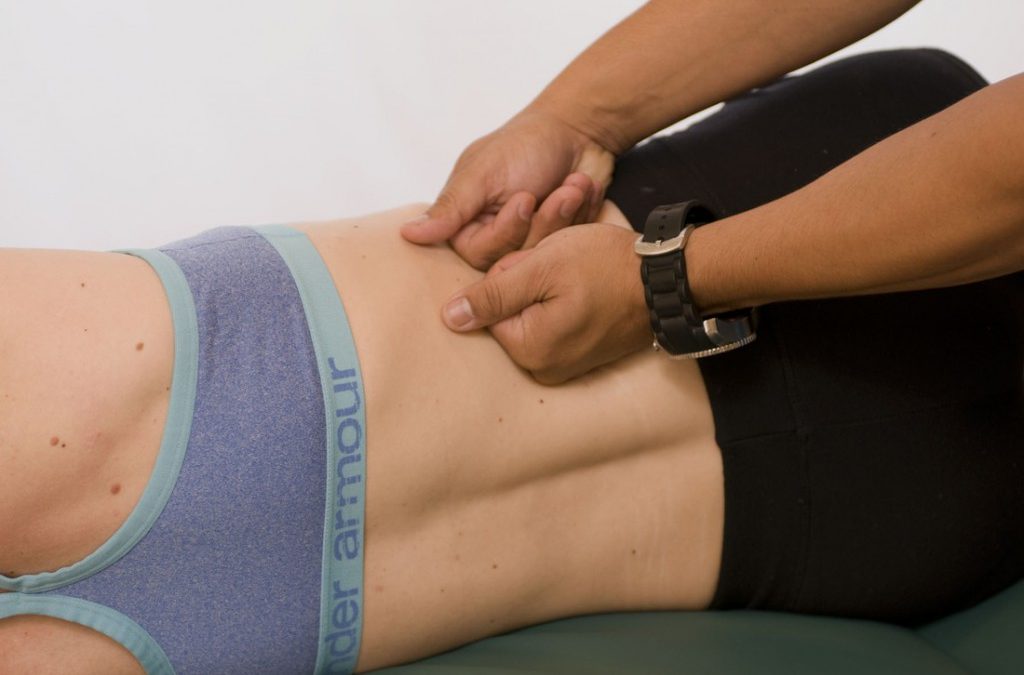Scoliosis affects an estimated 6 million people in the United States alone. And while there is no cure, there is relief – with structural integration.
Scoliosis is a condition where an exaggerated spinal curvature creates an imbalance throughout the body as a whole. This is seen largely in form of 4 major scoliosis patterns which can all be improved with a series of structural integration sessions. So no matter your particular pattern, we’re experienced in successfully treating all forms of scoliosis.
Scoliosis Patterns Explained:
Right thoracic scoliosis, which means the majority of the scoliosis is in the mid back with a right rotation. In some cases, there may be a left counter rotation in the lumbar (low back). This tends to be a much more mild rotation and is often caused by a lack of strength in postural muscles. All of the diaphragms in the body are affected by the side bends with rotations and compression issues in the thorax (trunk), causing an ineffective and incapacitating use of the lung, heart, and circulatory space.
Left lumbar scoliosis: Here, spinal curvature is concentrated in the lower back with a left curvature. There may also be a right counter rotation in the mid back but is usually not as extreme.
Right thoracolumbar scoliosis: Typically known as the “C curve”. This is where a right rotation is found in both the thoracic (mid back), and lumbar (low back) areas.
Right thoracic-left lumbar scoliosis: A right rotation in the thoracic (mid back), and an equal spinal curvature to the left lumbar (low back). This type is known as the “S curve”.
A scoliosis patient tends to suffer from a variety of symptoms including: headaches, insomnia, back pain, shallow breathing, and sciatica which are all brought about by having stretched-out musculature on one side of the body and a shortened musculature on the opposite side causing excessive spinal curvature. A significant lack of muscle strength in the postural muscles leads to these types of imbalances and must be corrected in order to regain proper functionality and the rolf method of structural integration does just that.
Rolfing Structural Integration™ improves these conditions by realigning and lengthening the shortened connective tissue that wraps around the muscles and spine.
A good example would be if you took a towel and twisted the towel from each side in opposite direction. At first, the towel fibers would become taut and eventually, they would lose their integrity and begin to buckle. This would be due to the reaction of increased levels of stress placed on it.
Of course, this is a simple example, but essentially, structural integration de-rotates connective tissue, and postural muscles, and reduces the stresses place on the spine.
Structural integration improves posture and your body’s movement patterns, which reduces and in some cases eliminates headaches, back pain, and shoulder and neck pain that is routinely brought on by scoliosis.
As practitioners, we have had such success treating each pattern of scoliosis because we work with your whole body in mind. We understand that your body and symptoms are unique and customize sessions to address your goals while working to bring you into a better-balanced condition with less rotational stress and spinal curvature. In other words, we work strategically to provide the relief you deserve.
You don’t have to live with scoliosis symptoms.
See how the rolf method of structural integration improved Cecilia Borders’ scoliosis symptoms and increased her height.
For more information or to see how the rolf method can help you, sign up for your free consultation.

